Assamese folk music is the collective body of traditional song and performance practices from the Brahmaputra valley of Northeast India. It encompasses festive Bihugeet, narrative forms like Ojapali, devotional strains linked to Vaishnavite kirtan, rustic Tokari/Dotara-led ballads, and Sufi-influenced Zikir and Zari.
Musically it is largely melodic and monophonic, driven by distinctive local percussion (Assamese dhol, toka clappers), reed and horn timbres (pepa/buffalo horn, xutuli/ocarina), jaw harp (gogona), and simple chordal support from harmonium or plucked lutes (tokari, dotara). Rhythms can be buoyant and dance-forward (as in Bihu) or gently lilting and devotional (as in naam-kirtan and zikir). Lyrics in Assamese and regional dialects portray harvest, nature, love, humor, social commentary, and spiritual themes.
The style blends indigenous Austro-Tai and Indo-Aryan elements with influences from Hindustani classical and Bhakti/Sufi devotional practice, yielding a repertoire that is both celebratory and contemplative, and central to Assamese cultural identity.
Assamese folk music arises from the agrarian and festival life of the Brahmaputra valley, blending traditions of Tai-Ahom, Bodo-Kachari, and other indigenous communities with Indo-Aryan cultural currents. Bihugeet (songs of the Bihu spring festival) likely predates formal documentation, but it is widely attested in medieval sources and oral memory. Instruments such as the Assamese dhol, pepa (buffalo horn), gogona (jaw harp), toka (bamboo clappers), banhi (flute), and xutuli (ocarina) shaped a bright, rhythmic, outdoor sound.
From the late 1400s–1500s, the Neo-Vaishnavite movement led by Srimanta Sankardeva catalyzed devotional singing (naam-kirtan) and narrative performance. While borgeet belongs to a more art/classical stream, its melodic and devotional ethos intersected with folk practice. Ojapali—semi-theatrical group singing with storytelling, dance, and cymbals—flourished as a popular narrative folk form.
During the 1600s, Ajan Fakir (Shah Milan) propagated Zikir and Zari—Sufi-influenced Assamese devotional songs—creating a distinctive syncretic repertoire. Parallel vernacular streams included Goalpariya lokgeet in western Assam, Kamrupiya lokgeet around Kamrup, and rustic Tokari/Dotara-led ballads.
With the rise of print, radio, and recording in the 20th century, collectors, composers, and singer-poets preserved and popularized folk repertoire. The cultural “trimurti” of Bishnu Rabha, Bhupen Hazarika, and Parvati Prasad Baruva helped canonize folk idioms on stage and screen. Pratima Barua Pandey brought Goalpariya lokgeet to national audiences. Khagen and Archana Mahanta, Dipali Borthakur, and others became seminal voices for Bihu songs and rural genres.
Post-1990s artists and ensembles have fused Assamese folk with guitar-based folk-pop, worldbeat, and indie/film music. Papon (Angaraag Mahanta), Zubeen Garg, and Kalpana Patowary, among others, have carried Bihu, Goalpariya, and zikir/zari elements into national and international circuits. Today, the genre thrives both in traditional community contexts and on modern stages, retaining its dance vitality and melodic directness.

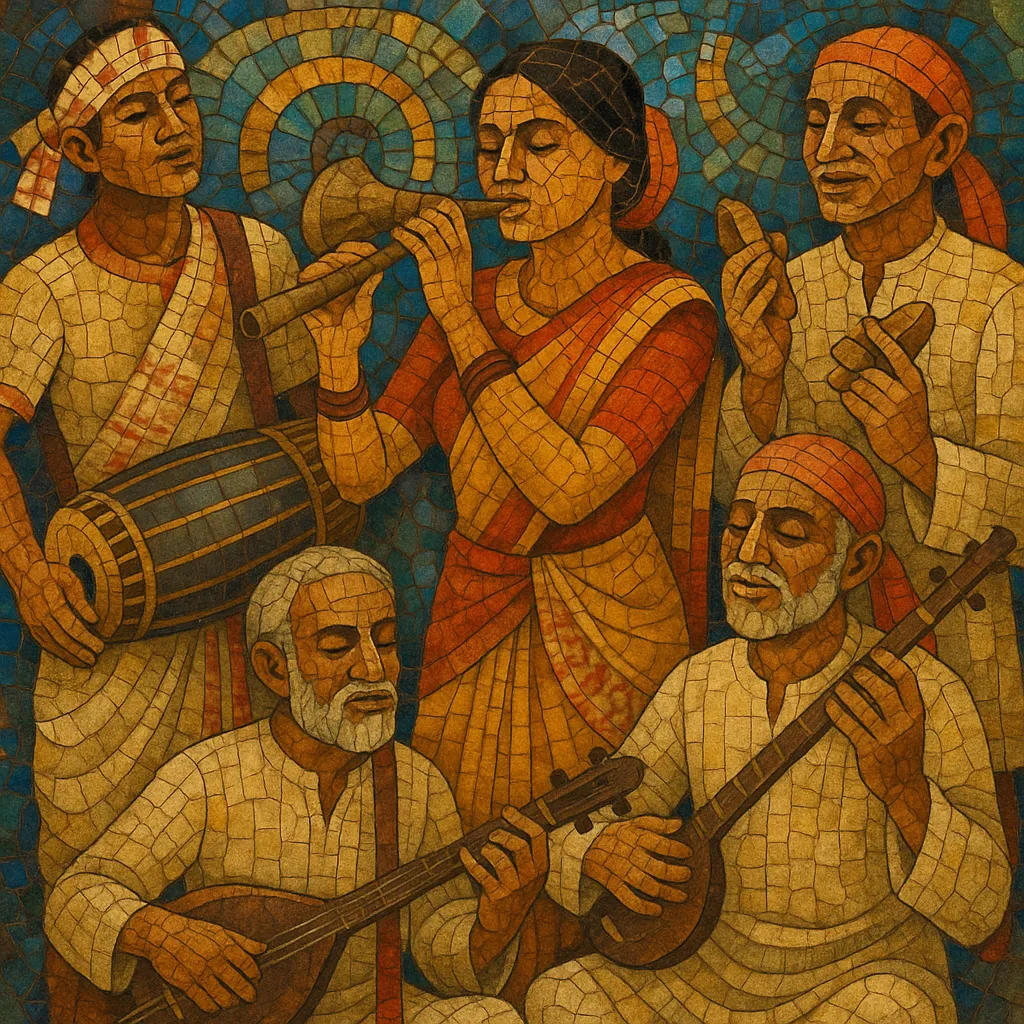
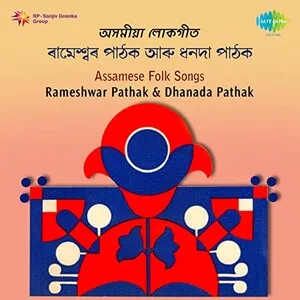
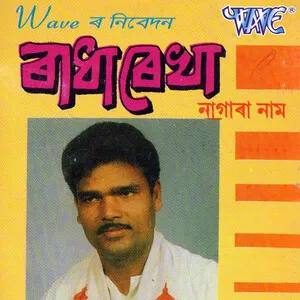
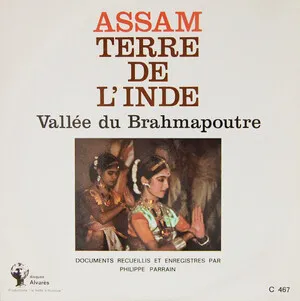
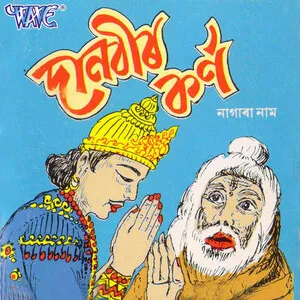%2C%20Cover%20art.webp)
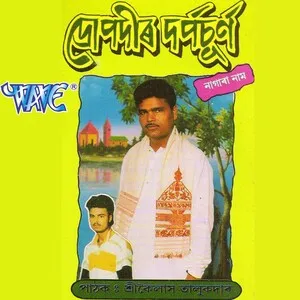%2C%20Cover%20art.webp)
